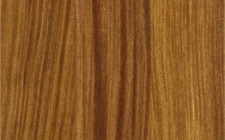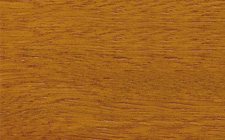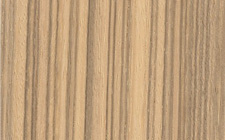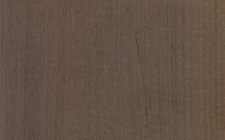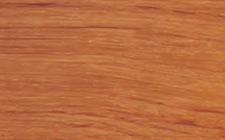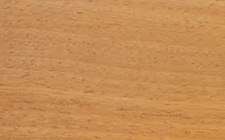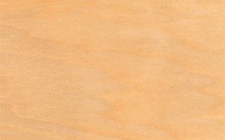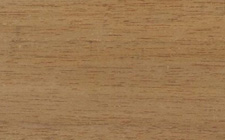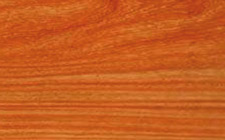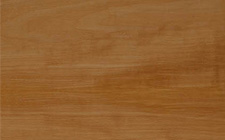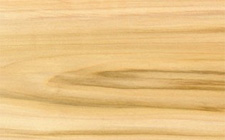White Oak
Botanical name
Quercus Petraea
Origin
Europa
Other names

Notes
WOOD DESCRIPTION
| Color: |
light brown |
| Sapwood: |
clearly demarcated |
| Texture: |
medium |
| Grain: |
straight |
| Interlocked grain: |
absent |
| Note: |
Light brown wood to straw colour turning darker with light. The texture is medium but can be fine or coarse according to its origin. The pearly white silver figure is large and well visible. |
PHYSICAL, MECHANICAL AND ACOUSTIC PROPERTIES
|
(*: at 12% moisture content, with 1 MPa = 1 N/mm²)
|
||||||||||||||||||||||||||||||||||||||||
NATURAL DURABILITY AND TREATABILITY
| Funghi (according to E.N. standards): |
class 2 - durable |
| Dry wood borers: |
durable - sapwood demarcated (risk limited to sapwood) |
| Termites (according to E.N. standards): |
class M - moderately durable |
| Treatability (according to E.N. standards): |
class 4 - not permeable |
| Use class ensured by natural durability: |
class 3 - not in ground contact, outside |
| Species covering the use class 5: |
No |
| Note: |
This species is listed in the European standard NF EN 350-2. Durability is linked to the presence of water soluble tanins. It decreases with tanins washing in case of harsh exposition. |
SAWING, MACHINING AND ASSEMBLING
| Blunting effect: |
normal |
| Sawteeth recommended: |
stellite-tipped |
| Cutting tools: |
tungsten carbide |
| Peeling: |
good |
| Slicing: |
nood |
| Note: | Steaming is recommended before slicing. |
| Nailing / screwing: |
good but pre-boring necessary |
| Gluing: |
correct |
| Note: |
Gluing must be done with care: wood is dense, slightly acid and rich in tanins. Nail or screw corrosion if in contact with humidity. |



